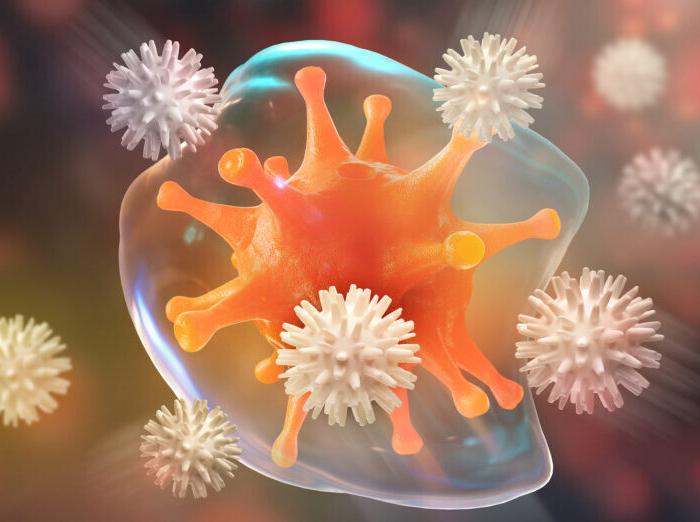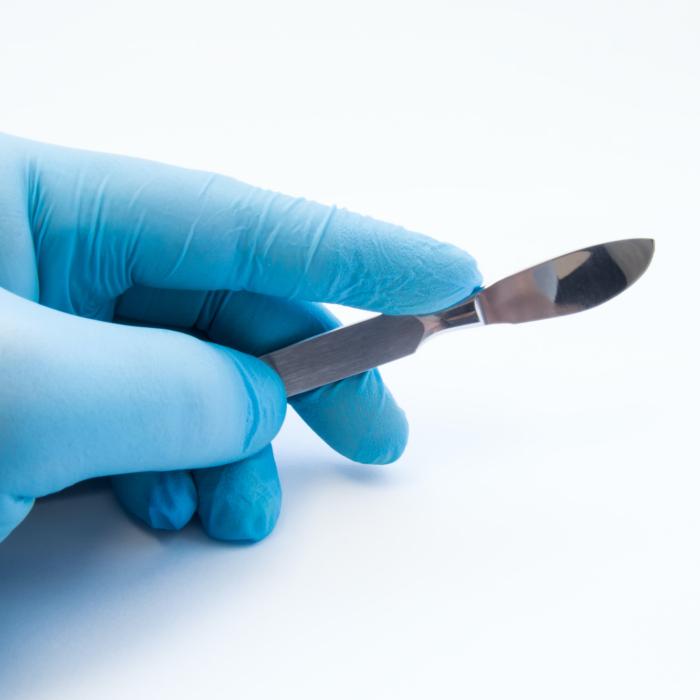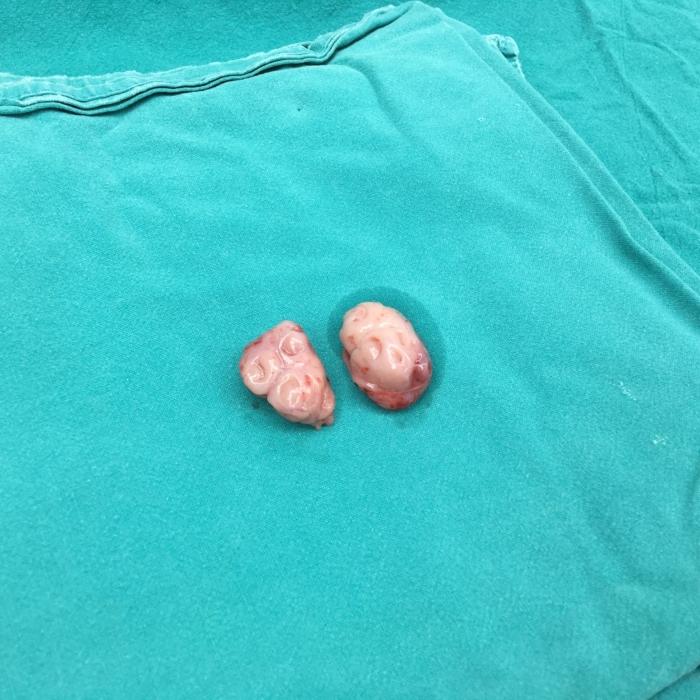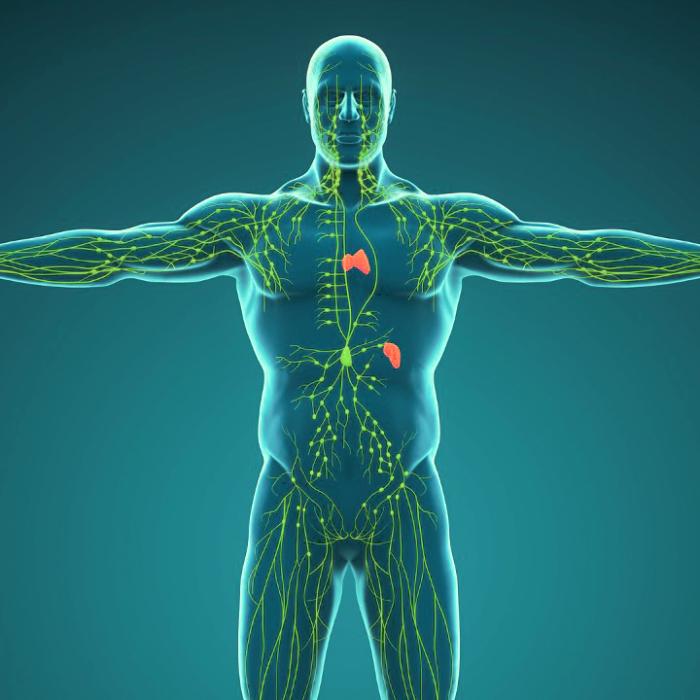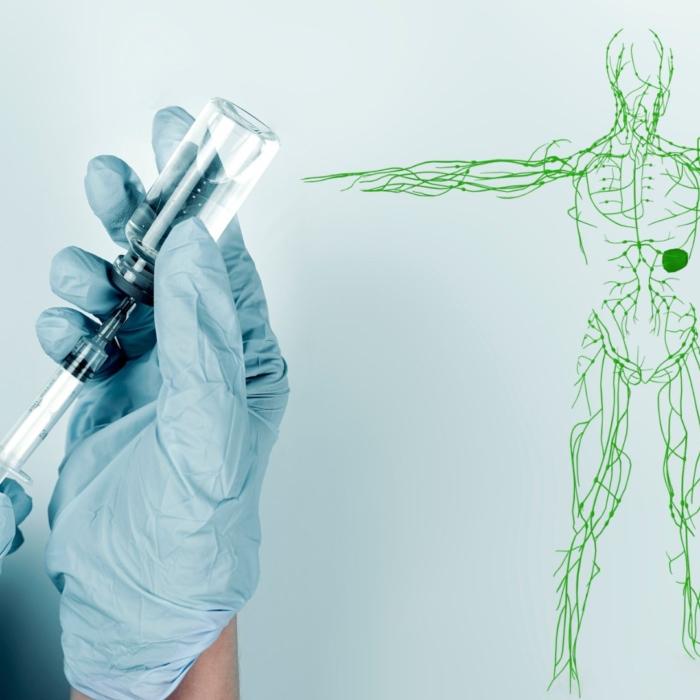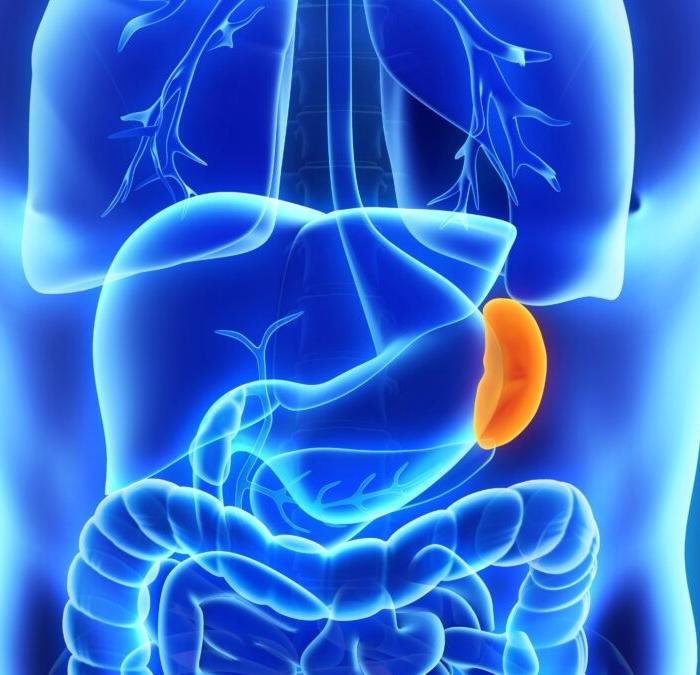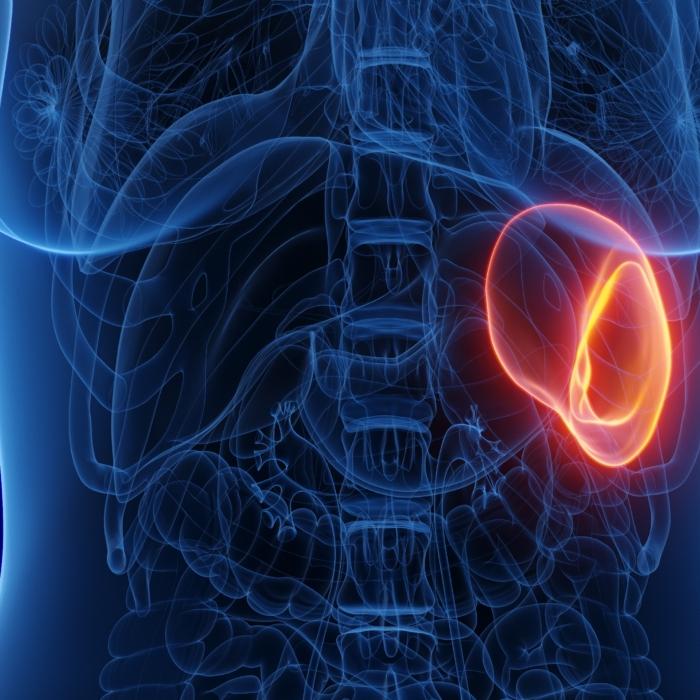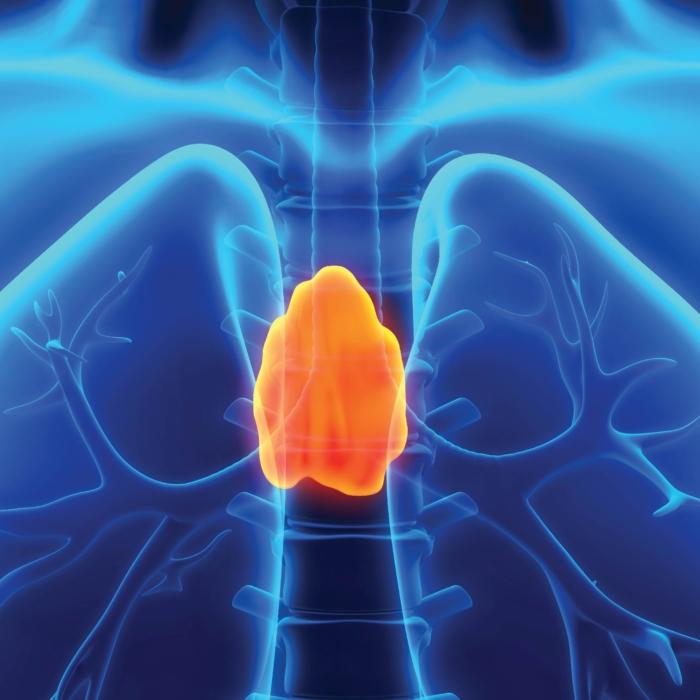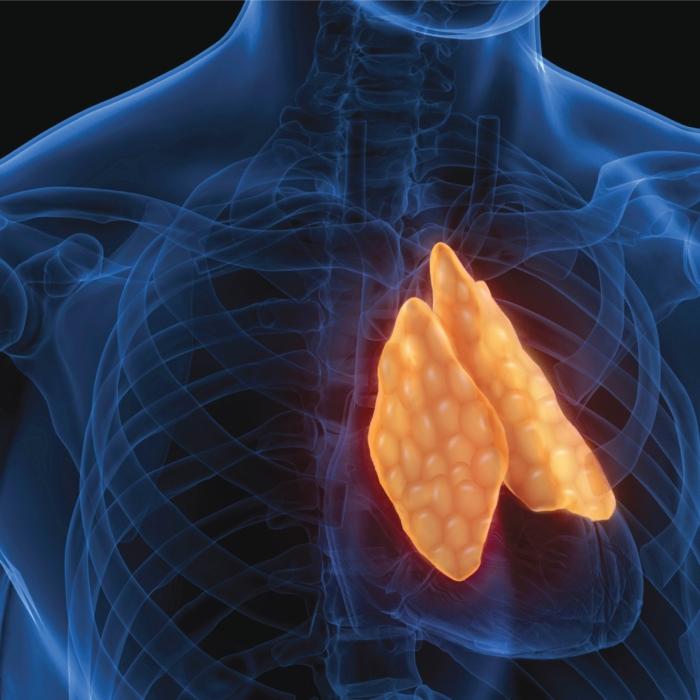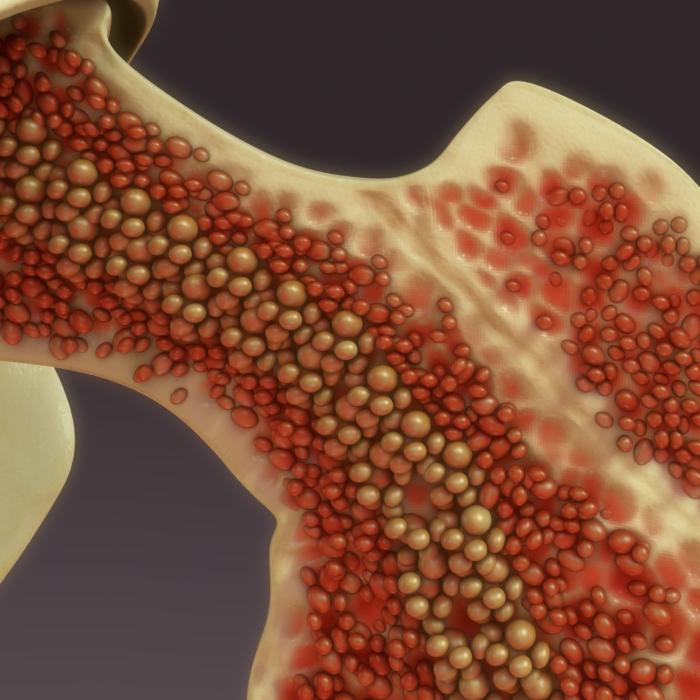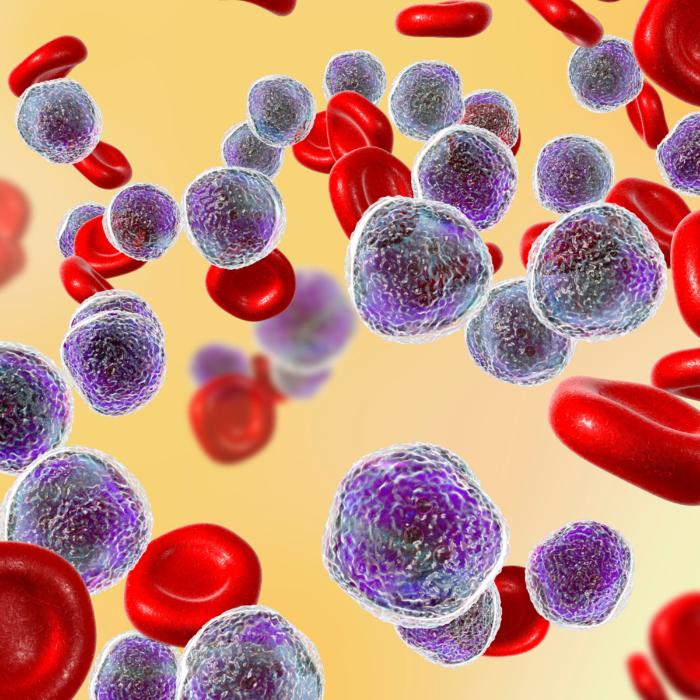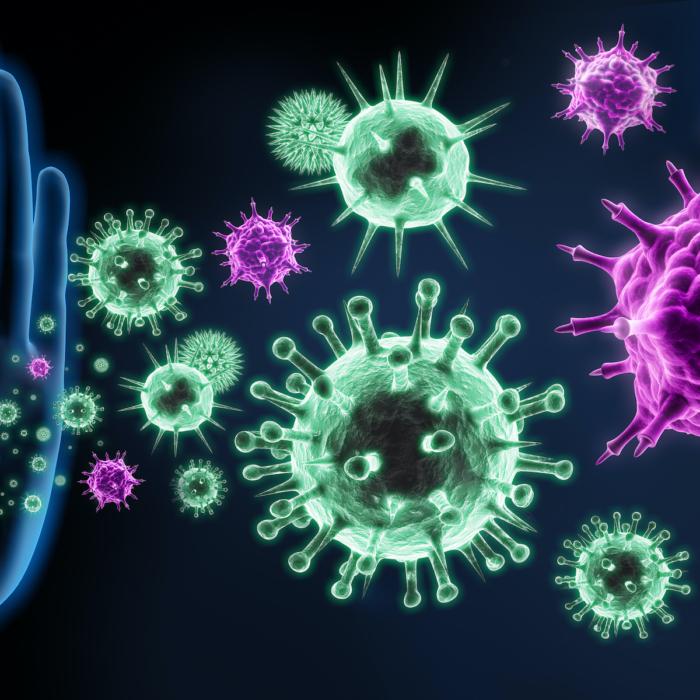The thymus is an organ that has puzzled scientists and scholars for centuries. It’s an essential lymphatic organ and an endocrine gland that plays a significant role. Its dysfunction can drastically affect quality of life.
By adulthood, the thymus has significantly decreased in size, so many people think of it as a “shrunken” and “useless” organ. Yet is this really true?
Originally Linked With the Soul
The origin of its name is shrouded in mystery. It may come from the plant Thymus vulgaris, better known as thyme, while some research attributes it to the Greek word thumos, which can mean soul, courage, or will.T Cell Development and Training
T cells are the most powerful adaptive immune cells in the human body and are essential for survival. To destroy T cells is to destroy adaptive immunity, just like the cunning human immunodeficiency virus (HIV) does by hijacking an important subset of T cells first.Before T cells mature and become full-on specialists capable of fighting the most grueling battles of immunity, they must pass through a life-or-death trial by the thymus.
The 2 percent of T cells that successfully pass thymus boot camp are highly trained with specialized roles related to peripheral lymph nodes or other assignments. Careful killers, T cells can effectively distinguish harmful external invaders from healthy human cells.
Lifelong Functions of the Thymus
At birth, the thymus is at its most active, but its workload starts to fall as early as the second year of life. This is because every time the body encounters a pathogen, the thymus trains T cells to deal with it. Once that T cell is matured, it won’t need to be trained again; it simply needs to clone itself.After the thymus works its way through all the pathogens, it has little left to do. After puberty, it appears to shrink—a process coined “age-related involution or atrophy,” describing how it turns into “useless” fatty tissue.
Producing Important Hormones
The thymus is also an endocrine gland that makes active “messenger-like” substances called hormones, which help regulate the immune system and play other functions.These hormones include thymosin and thymulin, which help make specialized types of T cells; thymopoietin, which fuels T cell production and instructs the pituitary gland to release hormones; and thymic humoral factor, which keeps the immune system functioning well. These systemic functions reflect the varied and vital roles of the thymus.
Beyond stimulating the production of T cells, the different types of thymosin have many other roles.
Thymosin Alpha-1: Clinical Applications for Immune Health
Thymosin alpha-1 acts as a multitasking protein and can restore immune system homeostasis in a tailored way based on different health conditions.Thymosin Beta-4: From Healing Wounds to Muscle Repair
Thymosin beta-4 is an incredible peptide with the ability to develop new blood vessels and help with tissue repair and regeneration.Links to the Immune and Endocrine Systems
Exciting research has revealed that the thymus produces various hormones that affect growth, metabolism, and brain chemicals. These hormones include insulin, cortisol, and melatonin.Some of its hormones even have anti-inflammatory properties and may help protect against certain cancers.
The thymus can affect the immune, endocrine, nervous, and digestive systems, as well as emotional control. It acts as a vital communication hub, connecting the immune, endocrine, and neurological systems to regulate the body’s functions.
Slows Down Aging
The thymus gland is a remarkable organ that produces hormones that can slow down the aging process. The process is influenced by the pineal gland, which is a tiny endocrinological gland in the brain that secretes melatonin to control the sleep and wake cycles, among other things.Protective Role in Diabetes and Miscarriage
A recent study published in the journal Nature showed that in pregnant mice, the thymus produces immune cells that are essential for preventing gestational diabetes and miscarriages.The thymus is essential for so much in youth, but it still protects the body as it ages, even as it’s shrinking. It still produces T cells important for pregnancy health and immunity and secretes hormones that help to regulate the function of the whole body, including aging and growth. Many of these other roles are only partially understood, and there are certainly other functions that science hasn’t even begun to unravel.
◇ References:
Miller J. F. (2002). The discovery of thymus function and of thymus-derived lymphocytes. Immunological reviews, 185, 7–14. https://doi.org/10.1034/j.1600-065x.2002.18502.xCsaba G. (2016). The Immunoendocrine Thymus as a Pacemaker of Lifespan. Acta microbiologica et immunologica Hungarica, 63(2), 139–158. https://doi.org/10.1556/030.63.2016.2.1
Holländer, G. A., Krenger, W., & Blazar, B. R. (2010). Emerging strategies to boost thymic function. Current opinion in pharmacology, 10(4), 443. https://doi.org/10.1016/j.coph.2010.04.008
Matteucci, C., Grelli, S., Balestrieri, E., Minutolo, A., Argaw-Denboba, A., Macchi, B., Sinibaldi-Vallebona, P., Perno, C. F., Mastino, A., & Garaci, E. (2017). Thymosin alpha 1 and HIV-1: recent advances and future perspectives. Future microbiology, 12, 141–155. https://doi.org/10.2217/fmb-2016-0125
Goldstein, A. L., & Goldstein, A. L. (2009). From lab to bedside: emerging clinical applications of thymosin alpha 1. Expert opinion on biological therapy, 9(5), 593–608. https://doi.org/10.1517/14712590902911412
Naylor P. H. (1999). Zadaxin (thymosin alpha1) for the treatment of viral hepatitis. Expert opinion on investigational drugs, 8(3), 281–287. https://doi.org/10.1517/13543784.8.3.281
Matteucci, C., Grelli, S., Balestrieri, E., Minutolo, A., Argaw-Denboba, A., Macchi, B., Sinibaldi-Vallebona, P., Perno, C. F., Mastino, A., & Garaci, E. (2017). Thymosin alpha 1 and HIV-1: recent advances and future perspectives. Future microbiology, 12, 141–155. https://doi.org/10.2217/fmb-2016-0125
Wei, Y., Zhang, Y., Li, P., Yan, C., & Wang, L. (2023). Thymosin α-1 in cancer therapy: Immunoregulation and potential applications. International immunopharmacology, 117, 109744. https://doi.org/10.1016/j.intimp.2023.109744
Kleinman, H., & Sosne, G. (2016). Thymosin β4 Promotes Dermal Healing. Vitamins and Hormones, 102, 251-275. https://doi.org/10.1016/bs.vh.2016.04.005
Goldstein, A. L., Hannappel, E., & Kleinman, H. K. (2005). Thymosin beta4: actin-sequestering protein moonlights to repair injured tissues. Trends in molecular medicine, 11(9), 421–429. https://doi.org/10.1016/j.molmed.2005.07.004
Bock-Marquette, I., Saxena, A., White, M. D., Dimaio, J. M., & Srivastava, D. (2004). Thymosin beta4 activates integrin-linked kinase and promotes cardiac cell migration, survival and cardiac repair. Nature, 432(7016), 466–472. https://doi.org/10.1038/nature03000
Moscinski, L. C., Naylor, P. H., Oliver, J., & Goldstein, A. L. (1993). Thymosin beta 4 synergizes with human granulocyte-macrophage colony-stimulating factor in maintaining bone marrow proliferation. Immunopharmacology, 26(1), 83–92. https://doi.org/10.1016/0162-3109(93)90068-2
Csaba, G., & Pállinger, E. (2007). In vitro effect of hormones on the hormone content of rat peritoneal and thymic cells. Is there an endocrine network inside the immune system?. Inflammation research : official journal of the European Histamine Research Society ... [et al.], 56(11), 447–451. https://doi.org/10.1007/s00011-007-7021-6
Rezzani, R., Franco, C., Hardeland, R., & Rodella, L. F. (2020). Thymus-Pineal Gland Axis: Revisiting Its Role in Human Life and Ageing. International journal of molecular sciences, 21(22), 8806. https://doi.org/10.3390/ijms21228806
Paolino, M., Koglgruber, R., Cronin, S.J.F. et al. RANK links thymic regulatory T cells to fetal loss and gestational diabetes in pregnancy. Nature 589, 442–447 (2021). https://doi.org/10.1038/s41586-020-03071-0
Geenen, V., Bodart, G., Henry, S., Michaux, H., Dardenne, O., Martens, H., & Hober, D. (2013). Programming of neuroendocrine self in the thymus and its defect in the development of neuroendocrine autoimmunity. Frontiers in Neuroscience, 7. https://doi.org/10.3389/fnins.2013.00187
Goldstein, A. L., Hannappel, E., Sosne, G., & Kleinman, H. K. (2012). Thymosin β4: a multi-functional regenerative peptide. Basic properties and clinical applications. Expert opinion on biological therapy, 12(1), 37–51. https://doi.org/10.1517/14712598.2012.634793
Zdrojewicz, Z., Pachura, E., & Pachura, P. (2016). The Thymus: A Forgotten, But Very Important Organ. Advances in clinical and experimental medicine : official organ Wroclaw Medical University, 25(2), 369–375. https://doi.org/10.17219/acem/58802








